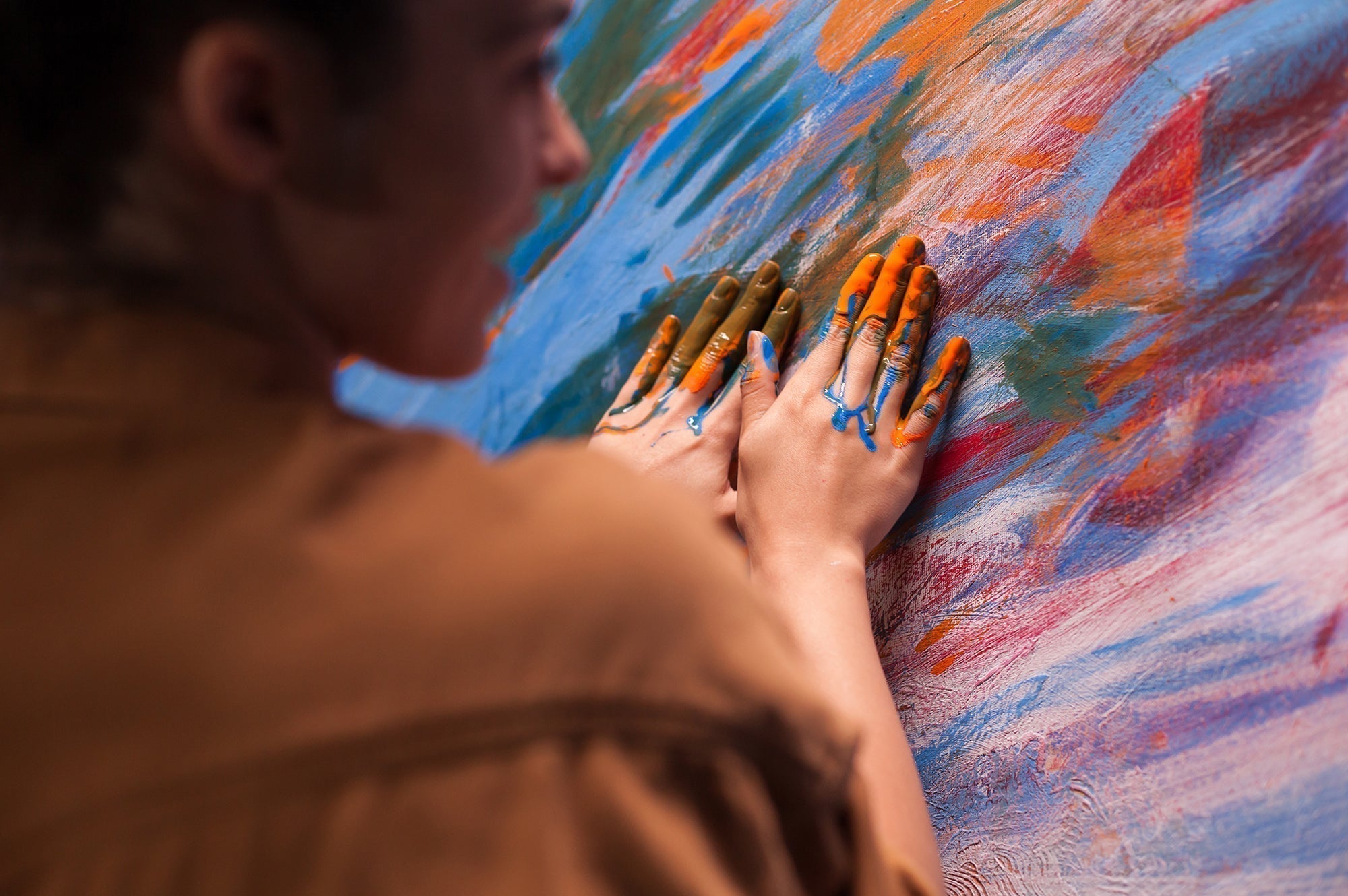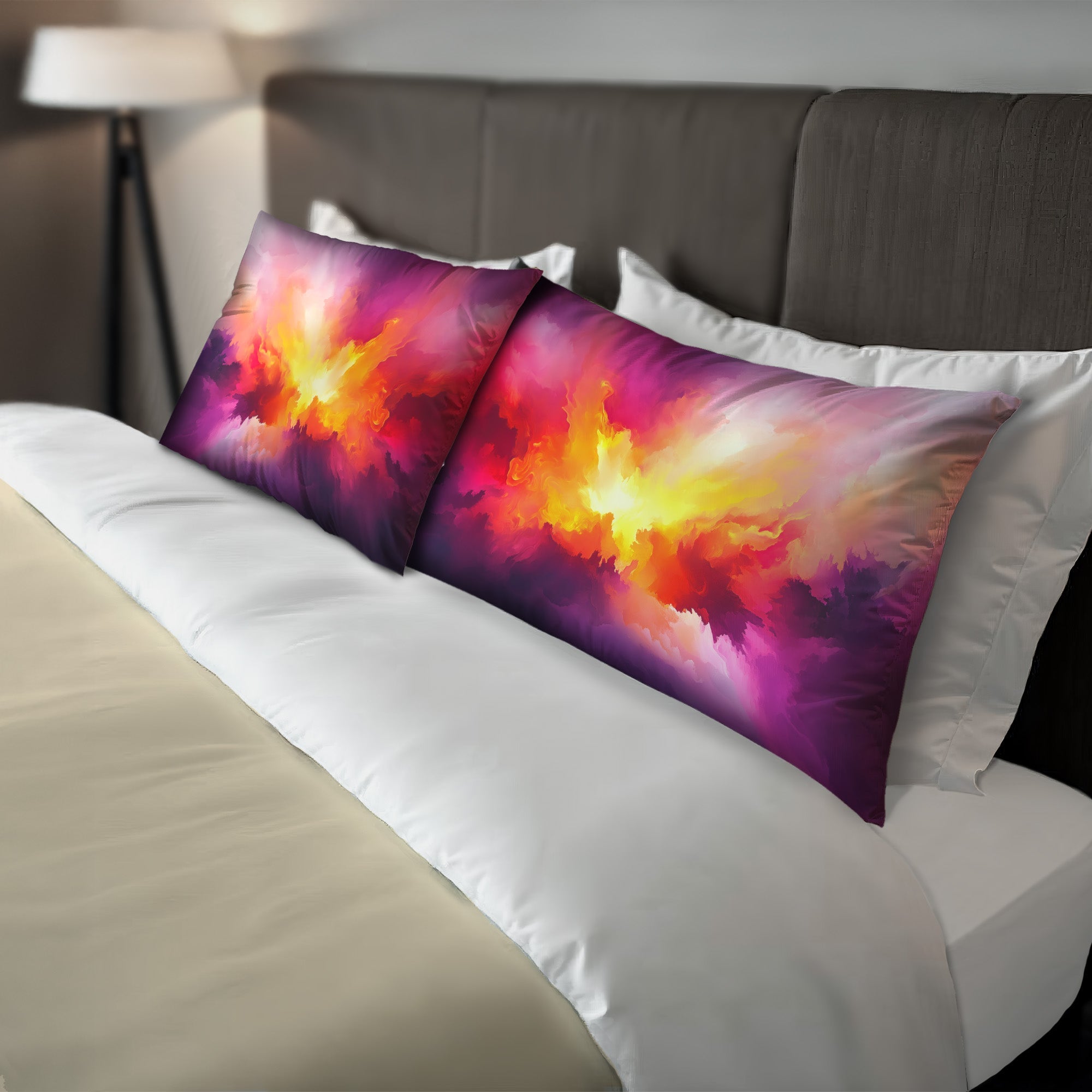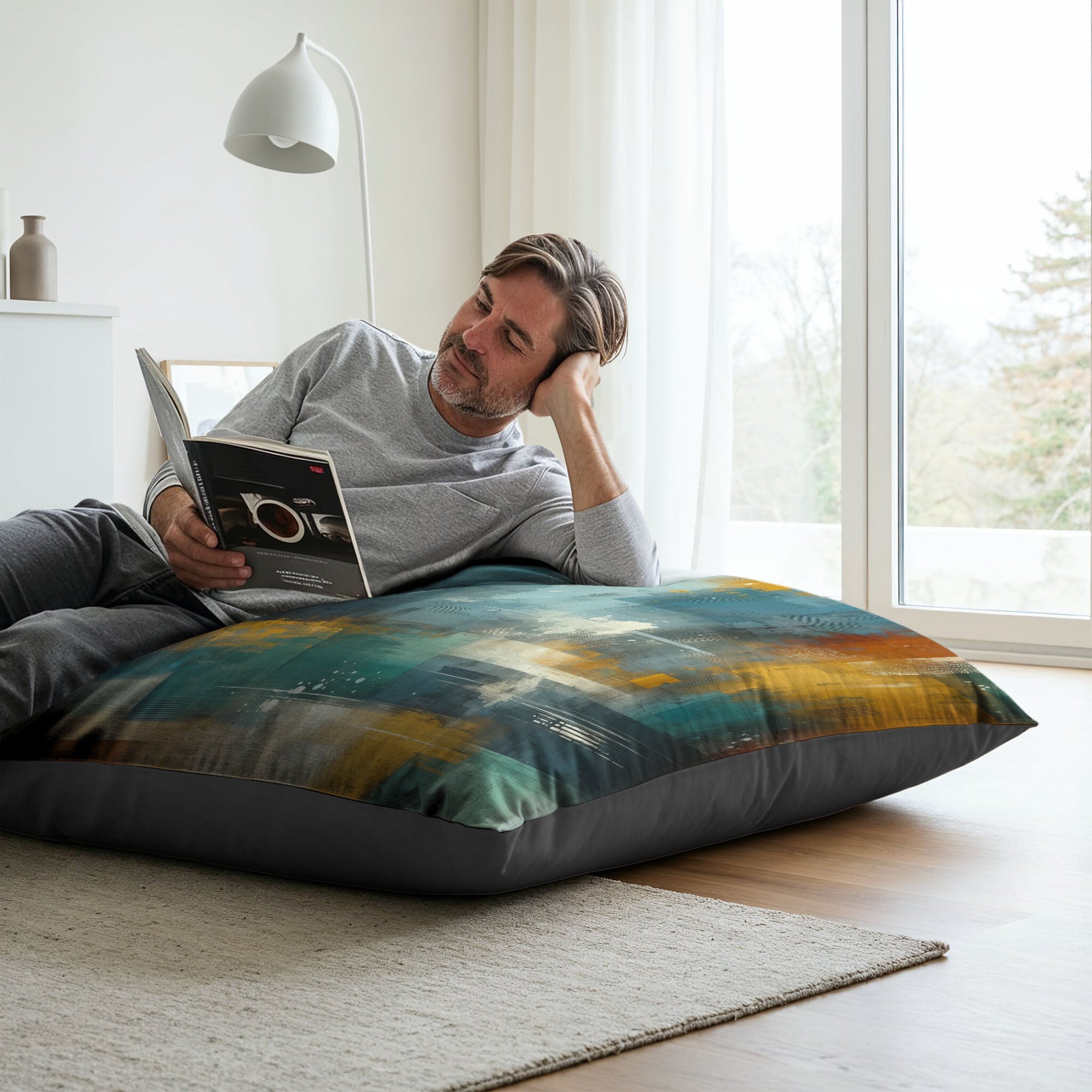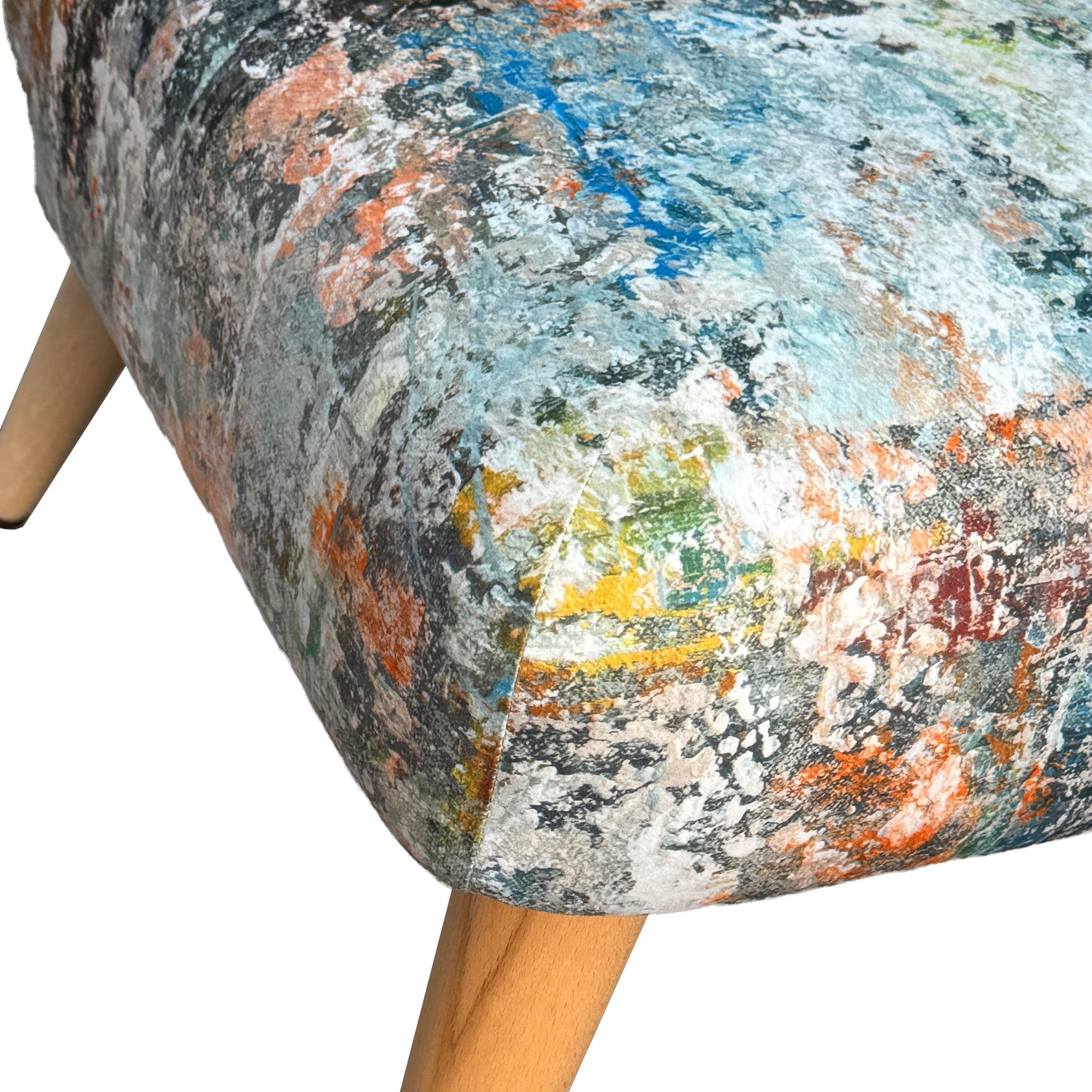The Creative Fatigue Problem
If you’ve noticed that everything’s starting to look a bit samey lately, you’re not imagining it. Scroll through a few online shops or interior accounts and you’ll see what I mean - the same shapes, same colours, same ideas just recycled with different logos. It’s design by déjà vu.
That sameness isn’t because designers have run out of ideas. It’s because data has taken over decision-making. Algorithms know what sells, so that’s what gets made again. And again. It’s efficient, but it’s not very exciting.
Art-led design is starting to challenge that cycle. It’s design that begins with creativity - with emotion, curiosity, colour, or concept, rather than a sales brief. And that’s what people are starting to respond to again: things that feel like they’ve been imagined, not predicted.
How We Got Here — And Why It’s Boring
For years, the formula for commercial success was simple: make something popular, then make it cheaper and faster. But the faster you go, the flatter things get.
When every product is based on trend reports and analytics, you end up with safe, familiar design. The irony is that it worked too well. We trained consumers to expect what they’d already seen, and we trained brands to give it to them. No one meant to strip the joy out of design, it just happened while we were busy optimising everything.
Now, though, people are getting tired of perfect. They want texture, surprise, something that makes them feel a little more connected. That’s where the “art” part comes in.
What Art-Led Design Actually Means
The phrase “art-led” might sound lofty, but it’s really just design that starts with a creative impulse rather than a commercial one. It could begin as a painting, a digital sketch, or even a photograph that captures a particular feeling, then it becomes the foundation for a product, not an afterthought printed on top of one.
You can see this shift in every creative field. Furniture designers are collaborating with painters; textile makers are working directly with photographers; and even major fashion brands are inviting artists to create capsule collections from scratch. It’s not about decoration, it’s about collaboration.
When creativity leads, the result is more distinctive, often imperfect, but far more human. You can feel the difference immediately.
The Emotional Payoff
Here’s something you probably didn’t know: in psychology, we remember tactile experiences longer than visual ones. That’s why you can recall the feel of a particular fabric or the weight of a mug long after you’ve forgotten what it looked like.
Art-led design taps into that. When someone buys something art-led, they’re not really buying a pattern or colour. They’re buying a connection. A tiny slice of someone else’s imagination they can live with every day. And that connection changes the relationship we have with the objects around us. They stop being background items and start becoming part of our story.
Art-Led Design in the Real World
It’s not a niche idea anymore. Interior designers are using art as the starting point for entire schemes, letting a single painting define a room’s palette and energy.
Smaller makers are building collections around original artwork, creating things that feel cohesive but personal.
Even big retailers are beginning to talk less about trends and more about creative provenance. And let’s be honest, originality sells. Not because it’s rare, but because people are bored of feeling like one of many.
The Future of Creativity
Design used to be about efficiency. Then it became about data. Now, it’s finding its way back to emotion. And that’s a good thing.
The rise of art-led design isn’t about rejecting commerce or scale; it’s about rebalancing the equation so creativity gets to speak first again. We don’t need everything to be unique.
We just need it to feel alive, and to carry a spark of imagination. Because when design starts with art, it tends to end with meaning

















